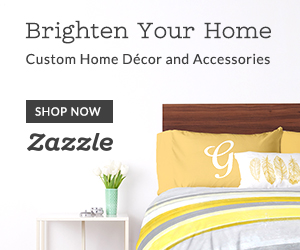Which lens should I use?
Answers to which lens is the best option for a specific area of photography.
There are several different areas of photography. Many photographers specialize in a specific area so they don't need all of the equipment. For example, there are portrait photographers, wedding photographers, wildlife photographers, fine art photographers, real estate photographers and more. There are a few, like me for example, who also work in all areas of photography. If that's the case, then those types of photographers need to have a wide collection of different lenses.
The lens is actually more important than the camera itself. If you want hiqh quality photos, then you want good lenses that have great glass, and focusing systems. So what type of lens do you need to go with your camera? Depends on your subject. Below is a brief answer to which lens works best for which type of photography.
Portrait Photography
- The best lenses for portraits would be a prime lens
with a large aperture like 1.4 for example. Prime lenses tend to have the sharpest quality to capture those eye details and then the larger aperture helps you to blur out the background. You can also use a wide angle zoom lens. Anywhere between 16mm- 80mm is a good range with at least a 4.5 or larger aperture can also work.
Landscape, Seascape, Cityscape, and Real Estate / Home Photography
- To capture a wide view you'll want a
wide angle zoom lens
that starts anywhere around 16mm and can go up to however close you want to get. I like to use my 16mm - 80mm lens with high quality glass by Carl Zeiss with my full frame camera. If you have a cropped sensor, you may want a wider angle. If you get into fine art, high quality glass is important. It helps keep the chromatic aberration down and helps to get all areas of the landscape in focus even on the far out ends. Some lenses may have good quality focus in the center, but gets softer closer to the edges.
Wildlife Photography
- You definitely want a wildlife zoom lens
for wildlife. It seems you can never get close enough when it comes to wildlife (don't worry, everyone feels like this even if they have a 1000mm lens), so the larger the lens the better. The average seems to have a zoom range of 100mm - 600mm. If you don't have a long lens, that's okay. Just go to areas where you can get as close as you can. I recommend a minimum of 200mm or 300mm for the long end if you can't afford the larger lenses. You can always crop in on your photo if you have a good enough camera sensor. Most wildlife photographers do a lot of cropping in. Another tip is to have a good quality lens that reduces vibration which is critical if zoomed in all the way. Or use a tripod, however note a tripod can limit your movement too depending on the type of tripod you have. Your camera's iso also needs to perform well with little noise. This is because you need a fast shutter speed to capture and freeze the action. That can often require an iso of 400 or more.
Flowers and Close Up Photography
- You'll want to get a macro lens
in order to get up close to your subject. Macro lens have the ability to focus on a subject up close while other lens don't focus unless you are 14 inches or more back. Macro lenses help you to capture those details in a bees eyes, or flower vein details. There are macro zoom or prime lenses. Many like the zoom so you can get even closer.
If you are just starting out and still not sure what lens to go with, I recommend the standard zoom lens that starts with a wide angle. Photography is an expensive hobby or business to get into and it can take time to collect all the equipment you need. Start with the basics and then you can grow from there.
Feel free to make any comments below:



















